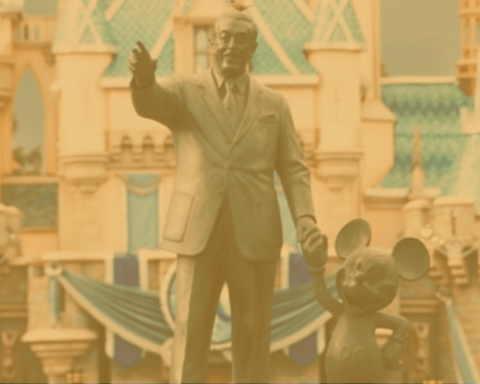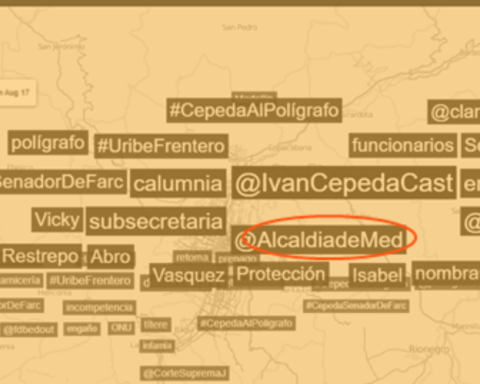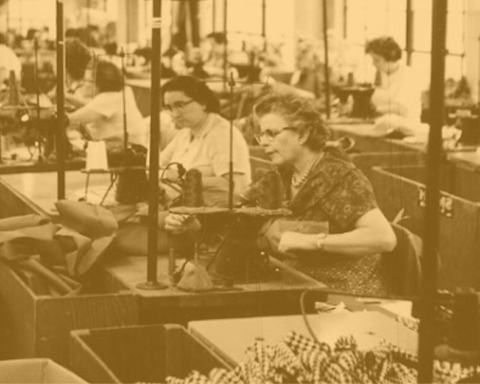Understanding the meanings we give to objects and the way in which we associate them with attitudes, emotions, and memories, can be highly useful when creating a new product, improving an old one or positioning a brand. Here, following the works of Sergio López (2017) on business anthropology and Fernando Juez (2002) on the design anthropology, I will present two case studies in which ethnography has been used as a methodology to understand how consumers connect with objects or products and brands.
Both examples, might seem extremely distant because they correspond to different fields of consumption, however, they allow us to see from different perspectives the types of social relationships that are formed around products or brands. The first of them corresponds to an investigation carried out by Fernando Juez (2002) about the meanings and uses of papalotes (kites) and hot air paper balloons for the people of Tepoztlán, Mexico. The second is an ethnography made among Harley Davidson’s motorcycle owners in the United States, with the aim of understanding the success of the company in light of the links that users create with and around the brand.
In his book Contribuciones Para Una Antropología Del Diseño, Mexican designer and anthropologist Fernando Juez (2002) presents a summary of an ethnographic exercise done by him in Tepoztlan, Mexico. The purpose of his research was to understand the meanings of kites and paper balloons given by the inhabitants of the town. For its development, the author did participant observation and unstructured interviews with manufacturers of kites and paper balloons, children, their parents, and their teachers.
One of his first conclusions was that both devices (balloons and kites) were “[…] more useful for other purposes, and topics of conversation, than those indicated by [their] definitions” (Juez 2002: 21). For some children, the meaning was embedded in the struggles to see who is more “fregon” (competent), not only to fly the kites but in social life in general. It was a matter of status: the one that best flies kite is the most respected among the groups of boys and girls. For other children, flying balloons and kites was an out-of-body experience that allowed them to “get out” and see the sky. For adults, on the other hand, it meant an opportunity to distract their children or made them do some research (in the case of teachers). For the manufacturers, it was: “an honest way to do business and keep the tradition alive” (Juez 2002: 21).
Once, Juez (2002) tells us, a group of boys and girls were explaining to their teachers what kites and hot air balloons were. The students, enthusiastic but timid, afraid of being judged by teachers (maybe suffering a bit from what we know as the Hawthrone effect), talked about the physical characteristics, the function and how to build those artifacts, without talking about more personal aspects. Juez, who had already noticed how the children assigned values and meanings to these objects beyond their uses, decided to join the conversation, participate, talk about his own experience and ask the other adults in the room to do it as well. Little by little, the students gave themselves up into the conversation and, in the words of the author:
“The objects – papalotes and balloons – acquired a new human dimension: they stopped being a definition to become living objects, accomplices of projects and the memory of significant events; in designs capable of surprising the most enthusiastic interpreters of the symbolic, and confusing the diligent scholars of the limits established for the function of things and human capacity […] “(Fernando Juez, 2002: 22)
This situation helped the researcher to conclude that objects, in this case, kites and balloons, are not only things with a particular function, but also carriers of beliefs and values that connects them to people, generating, at the same time social relationships among the latter. In this case, the different generations present in the classroom found in the shared stories and tastes about the kites and balloons, elements that allowed them to establish links. Both young and old spoke of traditions and shared their knowledge and anecdotes. Juez noted that in wind season, as well as the kites always return to cover the skies of the town, the discussions and meeting spaces around these returned to make a presence. It was a kind of annual convention.
It is precisely thanks to this potential that objects have to link users beyond their apparent usefulness, which allows them to gain meaning as symbols. Objects, then, become representations of the values and beliefs that people have assigned them. At the same time, they constitute symbols that can serve as a social glue for different groups of people who share a taste or a practice directly related to an object or product.
As we will see in the following example the same can happen with brands.
Harley Davidson
In the 1990s, business school professors and consumer researchers, John Schouten and James Mcalexander, developed ethnographic research around the Harley Davidson motorcycle clubs, known generically as Harley Owners Group (H.O.G), for three years. The clubs were recognized for the large celebrations that took place in different cities of the United States to which thousands of motorcyclists came. The researchers wanted to explore how the success of Harley Davidson’s brand was linked to the creation of a consumer subculture, that is, a distinctive subgroup of society that is formed on the basis of a shared commitment around particular products, brands or consumption activities. In other words, a group of people whose social cohesion is intimately related to a brand, surpassing the simple fact of consuming to endow it with other meanings (López, 2017: 141-142).
The research included the development of participant observation in brand festivals, in concentrations, and in bars and restaurants visited by club members. The researchers also conducted interviews with site visitors and brand executives; they used photography as a method to collect symbolic elements, such as clothing, tattoos, pins, stickers, most common colors, and special motorcycle plates; they also wrote field notes in a diary, especially to write their reflections at the end of the day and take notes at times when they could not record the interviews.
The results revealed that behind the brand there was an important social component, built from the interaction between consumers and between the latter and the brand. Within the clubs there existed a hierarchical structure created and accepted by the members where the << outlaw >>, the rebel, is considered more authentic and is more respected. At the same time, between the clubs, there were categories and subdivisions. Clubs and members carried symbols on their clothes, on their bodies or on their bikes that attributed status to them establishing a place and a role within the group. Similarly, according to López (2017), the researchers found that Harley Davidson motorcycles obtained meaning beyond their function as a means of transportation:
“The journey on the motorcycle was experienced by many as an experience of spiritual elevation, similar to a feeling of flying or sailing. The motorcycle became a sacred object and to touch it without the owner’s permission in taboo “(144)
By sharing these values, beliefs, and histories, the members of the clubs experimented in their meetings, in the big gatherings of bikers and in the journeys they made on the roads of the United States, what in anthropology has been categorized as communitas: the sensation to be part of a single organism. The members of the H.O.G shared transformative experiences and in these, the new members began to feel part of this “subculture”.
Likewise, Harley Davison was considered by the members of the clubs as a symbol of patriotism and nationalism. National flags and symbols were usual motifs on motorcycles and bikers’ clothes. Similarly, there was contempt for brands from countries such as Japan and Germany among the collectives because they represented the former enemies of the Second World War. These links were so strong that for members of the H.O.G to drive a Harley was to be a patriot. This symbolic element was deepened, according to the researchers, because driving a Harley represented a sort of acclamation to freedom (freedom), which in the United States is considered a patriotic symbol.
To this day, Harley Davidson encourages the development of mass celebrations, taking advantage of the connection that its users have established between the ideas of freedom and rebelliousness and the brand. For example, it has diversified its offer of products including the decorative elements for motorcycles and clothes that bikers have become a representative of their image. In addition to this, the company has patented the sound of its engines, recognizing that the thunderous noise of its motorcycles is part of the elements that define and endow it with symbolic power that goes beyond its usefulness.
As we observed, through the examples, objects or brands can become vehicles to transmit and evoke values and beliefs, and through these elements create links between people. Understanding how such links are developed, as well as exploring the creation of things up to their consumption, through their uses and position they occupy in the individual and collective memory of a community, is one of the valuable contributions of anthropology to businesses.
Juez, Fernando (2002) Contribuciones para una antropología del diseño. Ed. Gedisa (Barcelona)
López, Sergio (2017) Antropología de la empresa, ed. Bellaterra (Barcelona)
http://pds.lib.harvard.edu/pds/view/7188058?n=4&printThumbnails=true









